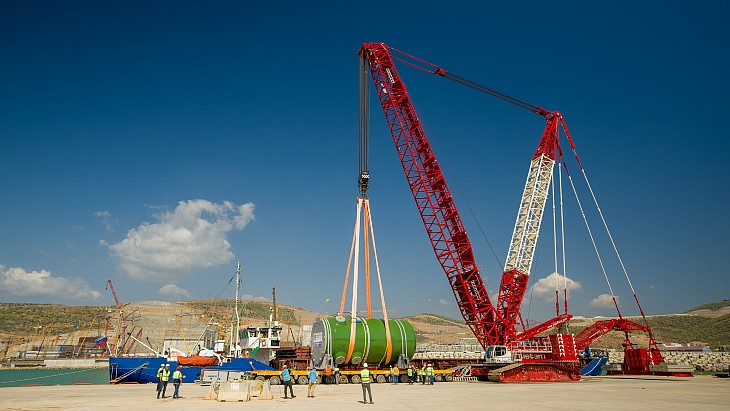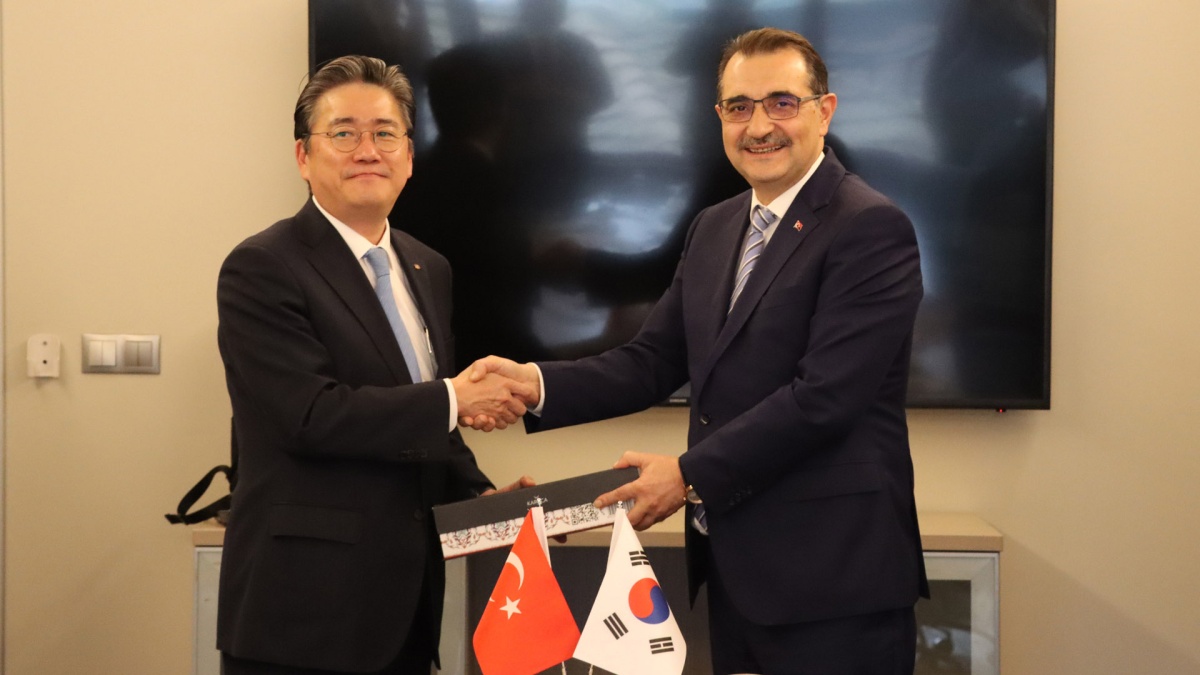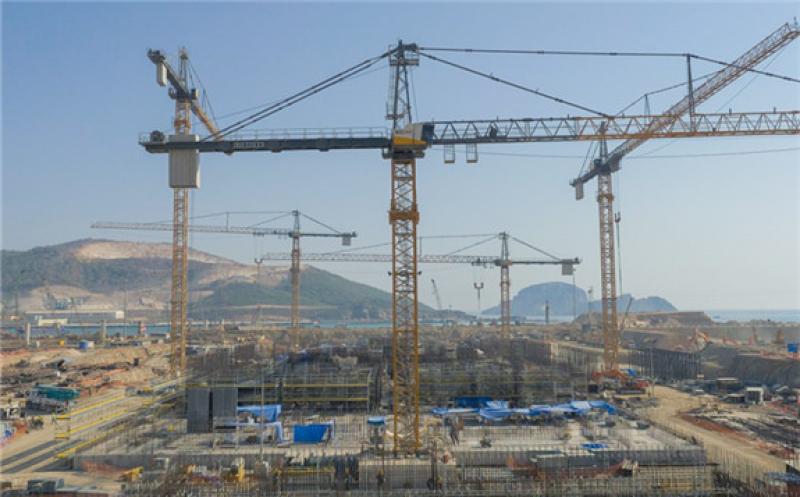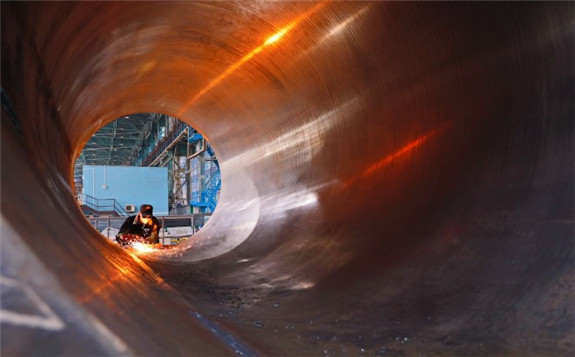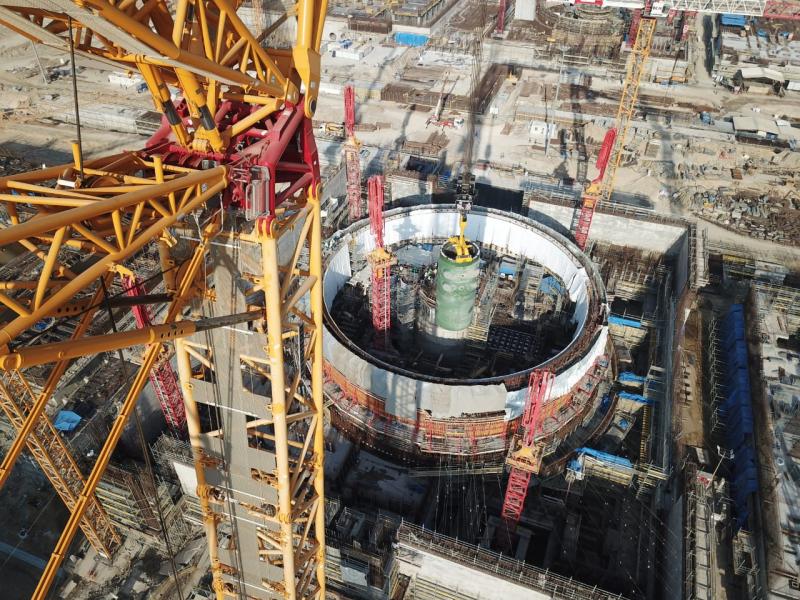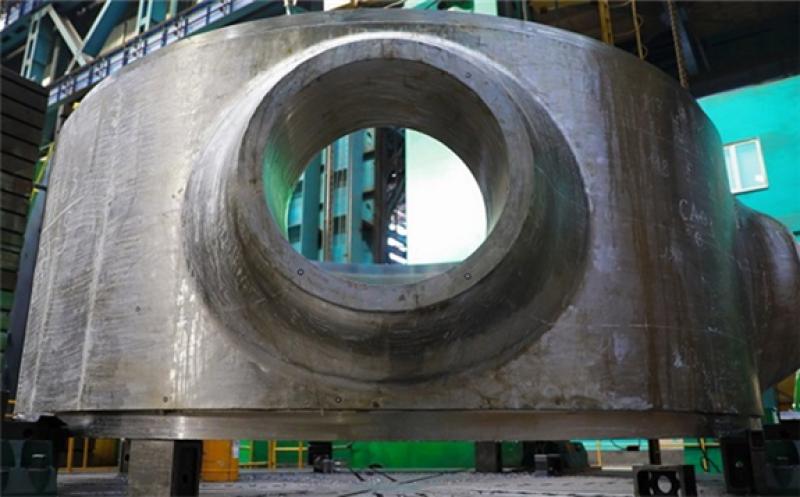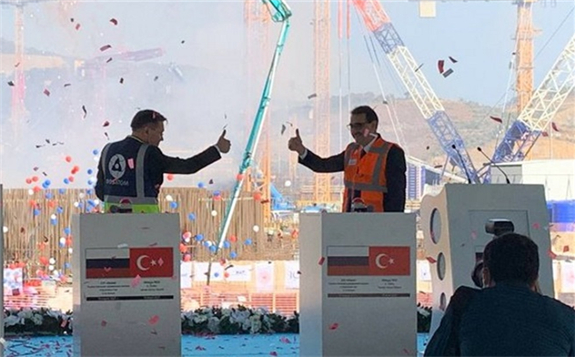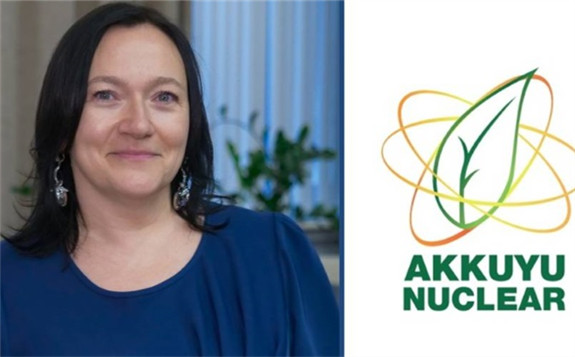The control rod arrangement of a pressurised water reactor has an important role in operation and in safety through instigating power generation, controlling power levels and shutting the reactor down when required. This equipment for the forthcoming Akkuyu 1 reactor in Turkey has been made in Russia by Rosatom subsidiary Gidropress, which is the designer of the VVER-1200 reactor. The company reported that the 104 drives for Akkuyu 1, as well as various tools and devices for servicing them, have been inspected and accepted by the Akkuyu project company, the Turkish Atomic Energy Authority, and Russian technical compliance group VO 'Safety' as ready for shipment to site.
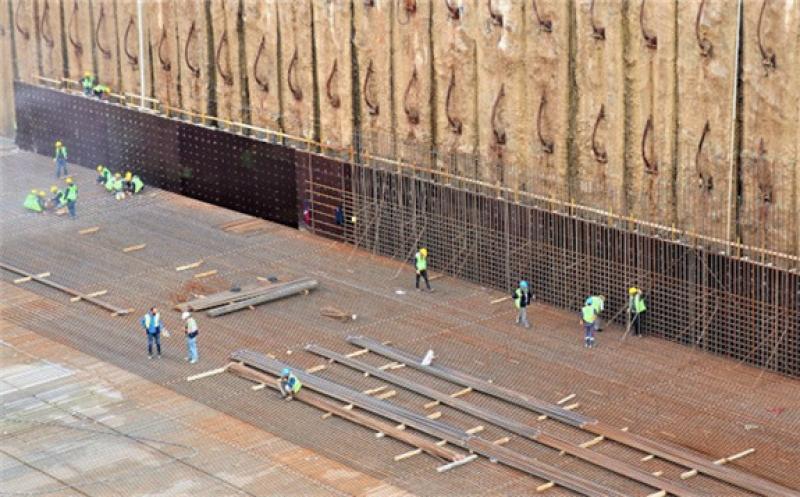 Workers prepare rebar that will become the foundation of Akkuyu 1's pumping station (Image: Rosatom)
Workers prepare rebar that will become the foundation of Akkuyu 1's pumping station (Image: Rosatom)
Last week Russia's Atomenergomash shipped the 160-tonne upper part of Akkuyu 1's reactor pressure vessel, which includes nozzles and protection structures for the control rod drive mechanisms.
At the site itself, concreting has begun on the seawater pumping station for unit 1 after around a year of excavation and preparation. The pumping station will move large volumes of seawater through the plant's non-nuclear portion to remove heat from the secondary loop that drives the steam turbine and generator. A pumping station is required for each of the four VVER-1200 units that will operate at Akkuyu.
Explaining the work, Akkuyu managers said the foundations would be 16.5 metres below sea level in a space where water is being held back by metre-thick concrete walls. The foundation plate will need 30,000 cubic metres of concrete. At the start of next year the same work will begin for unit 2, while excavations for the same at units 3 and 4 continue.
Construction of Akkuyu 1 was first agreed by the Turkish and Russian governments in 2010. It officially began with the pouring of first concrete in April 2018 and the first reactor is scheduled to begin operation in 2023. The other three identical units at the site should follow by 2026.
